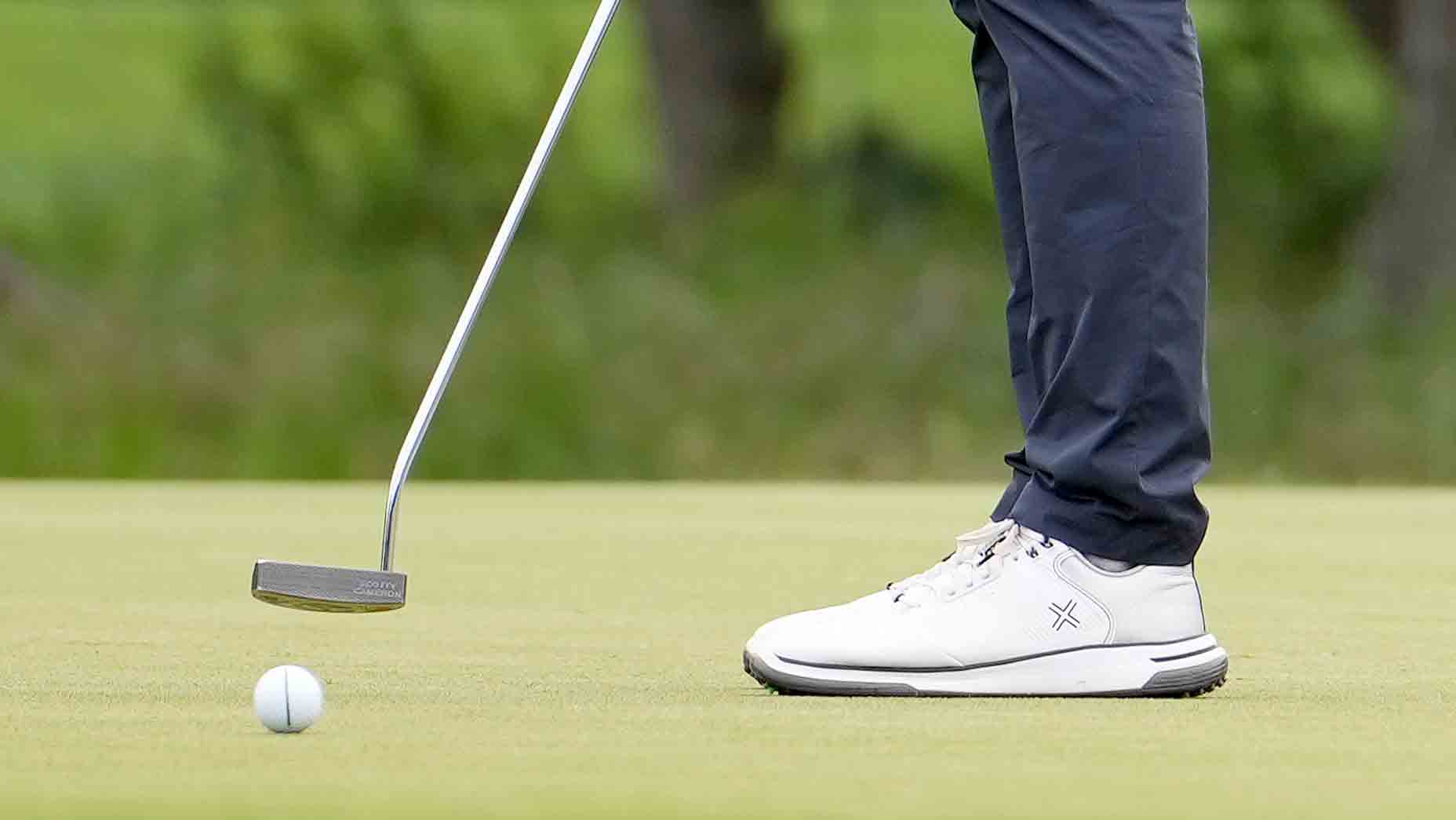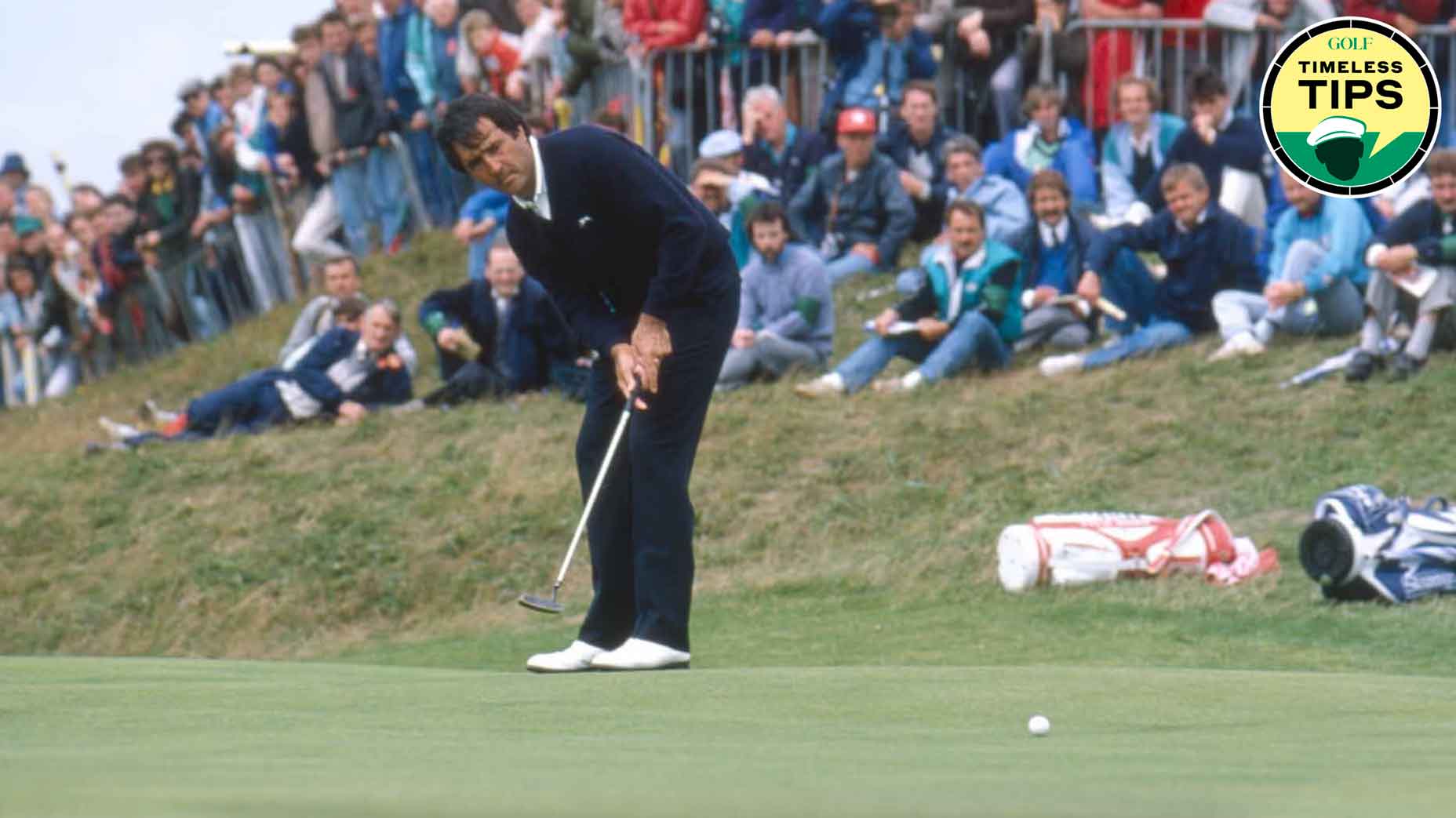Hideki Matsuyama was ranked 123rd in three-putt avoidance as of mid-April 2018. His three-putt rate of 3.3 percent is larger than the Tour average of 3.1 percent and about four times larger than the leader, Dustin Johnson, at 0.8 percent. It seems obvious that Matsuyama three-putts far too often, but that conclusion would be incorrect. In fact, I’d like to convince you that Matsuyama is far better than the Tour average and actually ranks 38th when three-putt avoidance is properly measured.
Three-putts are deflating score-killers, a birdie opportunity that morphs into a bogey. There’s evidence that 50,000 years ago we counted by making notches in sticks and bones. Counting three-putts has been the state of the art in golf stats for decades, but the traditional method is caveman stuff. In the ShotLink era, we can do much better. Here are three flaws of the three-putt stat.
Flaw No. 1
Currently, distance doesn’t matter—a three-putt from eight feet is assessed the same as a three-putt from 60 feet. A simple count of three-putts doesn’t distinguish between these two very different putting performances.
Flaw No. 2
Green conditions aren’t factored. In the current three-putt measure, pros are, in effect, penalized for playing on courses with undulating, larger-than-average greens that naturally lead to three-jacks. Wind and green smoothness also affect three-putt rates, independent of a player’s skill in avoiding three-putts.
Flaw No. 3
The three-putt stat doesn’t add an extra penalty for taking four or more putts on a green.
Each flaw can be addressed with a calculation that I’ll call the “Strokes Gained Three-Putt Rate.” Here’s the idea: For each three-putt, use its strokes-gained value to measure “fractional” three-putts. For example, a three-putt from 60 feet represents a gain of -0.8 (three putts to hole out compared to the PGA Tour average of 2.2). We’ll count this as 0.8 three-putts. A three-putt from eight feet represents a gain of -1.5 (three putts to hole out compared to the average of 1.5). We’ll count this as 1.5 three-putts, which recognizes that a three-putt from eight feet costs the player almost double the three-putt from 60 feet.
Crunching the numbers for the 2018 season, Matsuyama ranks 38th by our new mea-sure: strokes gained three-putt avoidance. The gap between his official and adjusted rank-ing is mostly accounted for by his three-putt distances. As of mid-April, he had seven three-putts in 213 attempts, with six starting outside of 35 feet. Yes, three-putts deserve attention, but not all of them are created equal.





